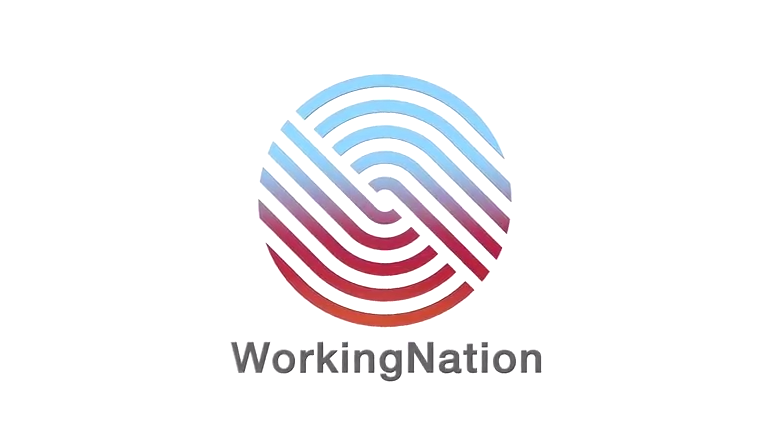Workforce Development: Upskilling Assets
Many companies have spent years assembling and training a strong corps of excellent workers, each of whom takes pride in their work and their employer’s business. Times are changing rapidly, however, and sometimes workload evolutions extend beyond existing training levels and skillsets. When that happens, the boss is often dismayed by how to go about retraining or ‘upskilling’ those valuable worker assets.
Fortunately, the push to grow the economy by putting everyone to work has also driven the growth of ‘workforce training,’ which allows employers to access community assets, such as their local or regional community college, to provide those training services at minimal expense.
At Pasadena City College (PCC), the Economic and Workforce Development department (EWD) is building the school’s workforce training capacity. Here’s why that’s important.
Workers Need Training
Even before the COVID-19 pandemic, America was struggling with a lack of middle-skilled workers, especially in its manufacturing industries. “Middle skills jobs” are those occupations that require more than a high school education but not a full, four-year university degree. A recent report reveals that the gap of unfilled middle-skilled manufacturing jobs will grow from approximately half a million in 2018 to over 2.4 million in 2028. Those vacancies stall growth, reduce production, and could cost the country as much as $2.5 Trillion in GDP (Gross Domestic Product) over the next decade.
The manufacturers themselves point to the lack of training as the cause of the skills gap crisis and clarify that the gaps occur across the industrial sphere, from supply chains to engineers, to operations managers. Increasing access to and the scope of middle-skill training for entry and upskilling purposes is one way to reduce the gap and get both people and industries back to work. And turning the nation’s focus to this need for training couldn’t come at a better time: as of December 31, 2020, there were 6.6 million unfilled job openings across the United States.
Community Colleges can Provide Training
The idea that a community college can become a generator of ‘up- and middle-skills training’ has gained significant traction across the country. In California, the push comes from the state legislature and has become the central pillar of focus at the California Community Colleges Chancellor’s Office (CCCCO). Those entities see the pivot to job-focused education as a win-win situation for everyone involved:
Providing educational resources that offer students the opportunity to find meaningful and economically viable work makes the best use of both the education and the student/worker.
Pivoting community college curricula to focus on building the economy makes the best use of both public and private investments.
Developing a more robust, better-trained workforce enhances the local economy by ensuring that local businesses have can hire the skilled labor they need as their industrial sector demands evolve.
Stronger economic regions are good for the country as a whole, making it more competitive in increasingly global markets.
Reimagining the Community College
To achieve these goals, however, community colleges themselves must make the hard decisions to turn away from traditional ‘community college’ coursework and programs and turn toward retooling their resources to meet the needs of future workers, businesses, and industries. These efforts take time and require inputs from both educators and the companies and industries that will be seeking employees.
Opportunity America (OA), is a Washington D.C. think tank that researches and promotes economic mobility for working-class Americans. Its President and CEO, Tamar Jacoby, was a panelist at PCC’S “Future of Work” conference in November 2020. OA makes several recommendations for optimizing the workforce training value offered by community colleges in its seminal 2020 report, “The Indispensable Institution: Reimagining Community College.” The brain trust encourages colleges and the businesses that would engage with them to envision the goal not to be student graduation numbers but graduate employment numbers, instead. To achieve this ‘high graduate employment‘ plan takes effort on multiple fronts:
By the school:
Invite all potential workers, not just typical college-aged young adults. Millions of older or otherwise challenged workers also need training and/or upskilling to maintain their current occupations.
Root programs and courses in the local and regionals industries that need the workers. Ensuring job opportunities is critical to assisting graduates in finding work.
Provide ancillary supports to reduce or remove the barriers to education that so many un- or underemployed workers now experience.
Include technical skills to enhance academic coursework. These skills are often foundational to the new job and to the career that will follow it.
Include work-based learning, so the employee is ready to work on Day One.
Include both credit and non-credit opportunities. Training for training’s sake is, in itself, a laudable goal.
Issue credentials that carry value in their relative industries. Optimally, skills that earn credentials are suggested by the businesses themselves.
By the community:
Accept invitations to participate in training development and implementation.
Offer knowledge, insights, and other industry-specific information to fine-tune the curricula.
Participate in school-based job fairs to share information with students and faculty about career opportunities.
Look to the community college as an employee-generator resource.
To Benefit Businesses
Providing inputs to the school also offers several benefits for the employers:
they can contribute to the foundational knowledge of their future workforce;
they can streamline training to meet their specific needs;
they are assured of a well-trained worker upon graduation.
Of course, another significant benefit for employers when partnering with a community college is that they can develop a training center for future employees at considerably less cost than those incurred if they created the resource strictly in-house. Instead, those financial resources can be used to update equipment and machinery so that the newly hired employee has the tools needed to become productive the day they start.
The number of unfilled jobs in America is staggering, as is the number of available workers who lack only the training to fill those positions. The community college is rapidly becoming the connection resource for both learners and businesses who are each seeking a comfortable and profitable future.
If you’re interested in joining the PCC EWD in its workforce development endeavor, email us at EWD@pasadena.edu.



















































